


vanilla is the most important sweet taste direction in the world
of all the vanilla produced each year is consumed in the US
of black vanilla beans is combined with alcohol to make 1 liter of ten-fold vanilla extract
The global favorite
Our passion for vanilla, the Queen of Spices, runs through everything we do; from creating perfect extracts that capture this complex flavor to ensuring the sustainability of our supply chain.
“When I was living in Australia, ‘vanilla’ meant something standard: bland, neutral, classic, and not particularly exciting. Today, as Global Director Vanilla & Botanicals at Symrise, I know it’s the absolute contrary: complex in aroma, complex in business, emotive and evocative to all consumers.”
Vanilla is magic. For the farmer, this orchid is difficult to master – with unpredictable flowering cycles and a high sensitivity to disease and weather conditions. For the curer, transforming a scentless green bean into a black bean containing 400 molecules to produce an enchanting flavor without deviating into off-notes, is equally hard to master. For the extractor, using the right solvent and parameters to capture the essence of the aroma whilst optimizing its yield according to the type of bean is critical. For the flavorists, who use it to ‘lock’ the taste profile while obtaining different outputs according to concentration needs. And finally for the sales people, who master the technical aspects of a product that seem so simple on first appearance.
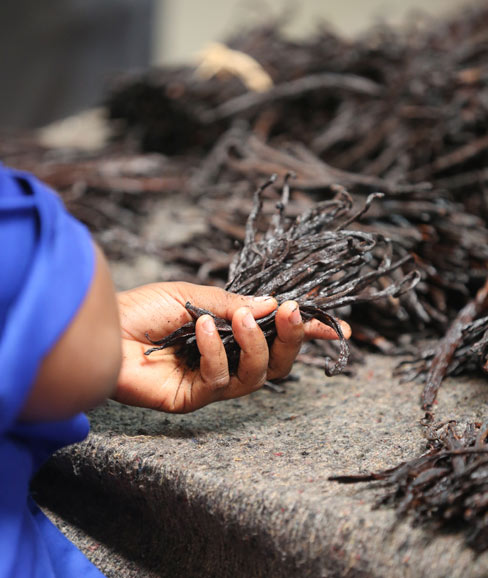
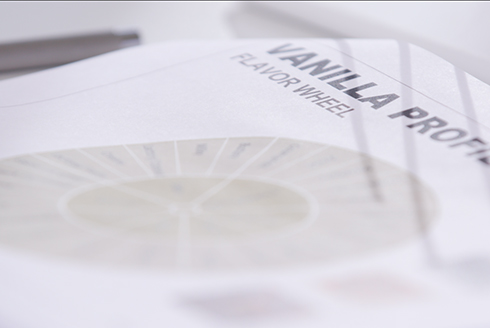
It is an essential tonality to all flavor houses, and so much at the heart of Symrise. First, it’s at the origin of the company 150 years ago, but also the lighthouse project for our sustainability commitment with our unique program in Madagascar making Symrise a top of mind vanilla player.
Vanilla lights up passion to all the ones who work with it. So yes, I can say it, Vanilla is indeed very exciting.
At Symrise, we are proud of 150 years of mastering vanilla. We also remain humble and recognize that there is still a lot to learn - everyone is so passionate for so many years! That’s exactly how I approach work every day: with pride, humility and passion which I love to share with customers and colleagues everywhere in the world!
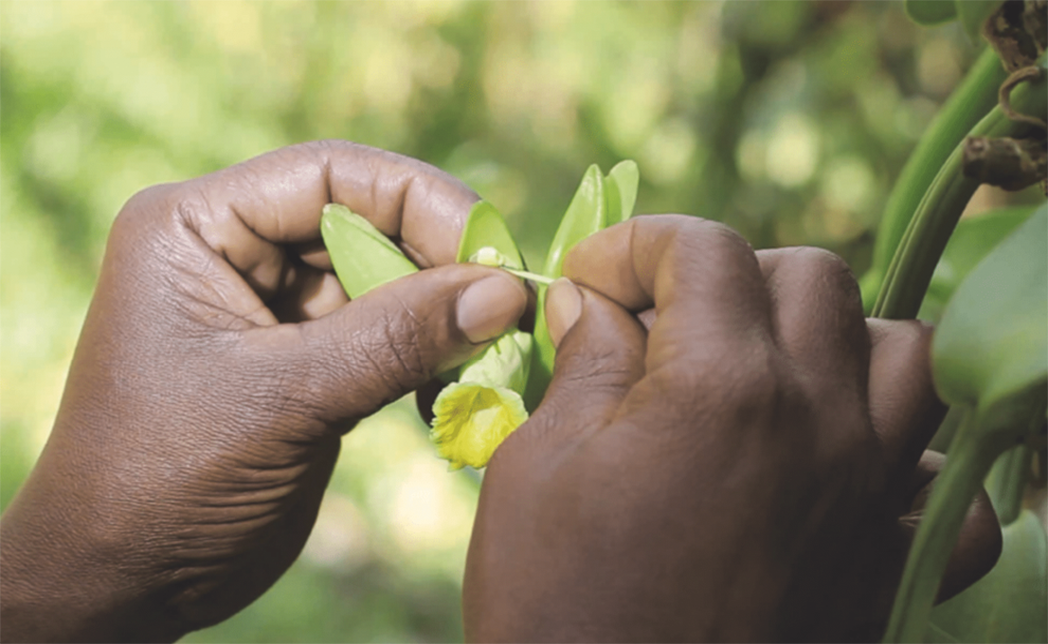
A heritage full of flavor
We’ve been a trailblazer in bringing the beloved flavor of vanilla to people worldwide ever since our business began in 1874
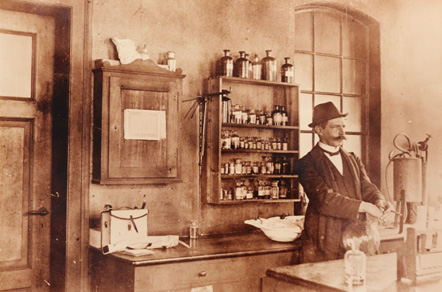
In 1874 two chemists, Wilhelm Haarmann and Ferdinand Tiemann, produced synthetic vanillin for the first time. Their discovery was a world-first, a man-made version of the natural flavor that was already a global favorite: Queen Elizabeth I was said to be partial to vanilla-flavored sweetmeats, and the French have enjoyed vanilla ice cream since the 1700s. Thomas Jefferson discovered this sweet treat in Paris in 1780 and enjoyed it so much he took a recipe back to the United States, beginning an American love-affair with vanilla ice-cream.
Today, we produce over 4,400 tons of vanilla flavors every year. We blend our expertise in both the extraction of natural vanilla and the creation of synthetic and nature-identical vanillin to meet the growing demands of our global customers and consumers. From our flavorists who work closely with customers to create new recipes, to our experts who work hand-in-hand with farmers in Madagascar, everything we do is focused on bringing the unmistakable flavor of this global favorite to people worldwide.
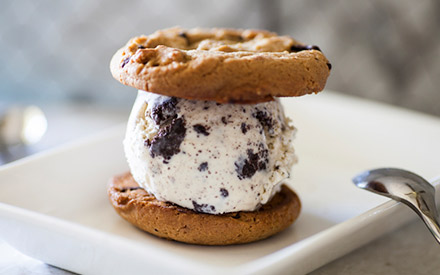
Global vanilla demand
The global demand for vanilla continues to increase each year, with demand for natural vanilla regularly exceeding supply. Over recent years, we’ve seen an increasing shift from artificial flavorings to natural extracts and nature-identical vanillin.
The demand for vanilla far exceeds the supply of natural vanilla, which is why synthetic vanillin is so important, meaning more and more people can enjoy the vanilla flavor they love.
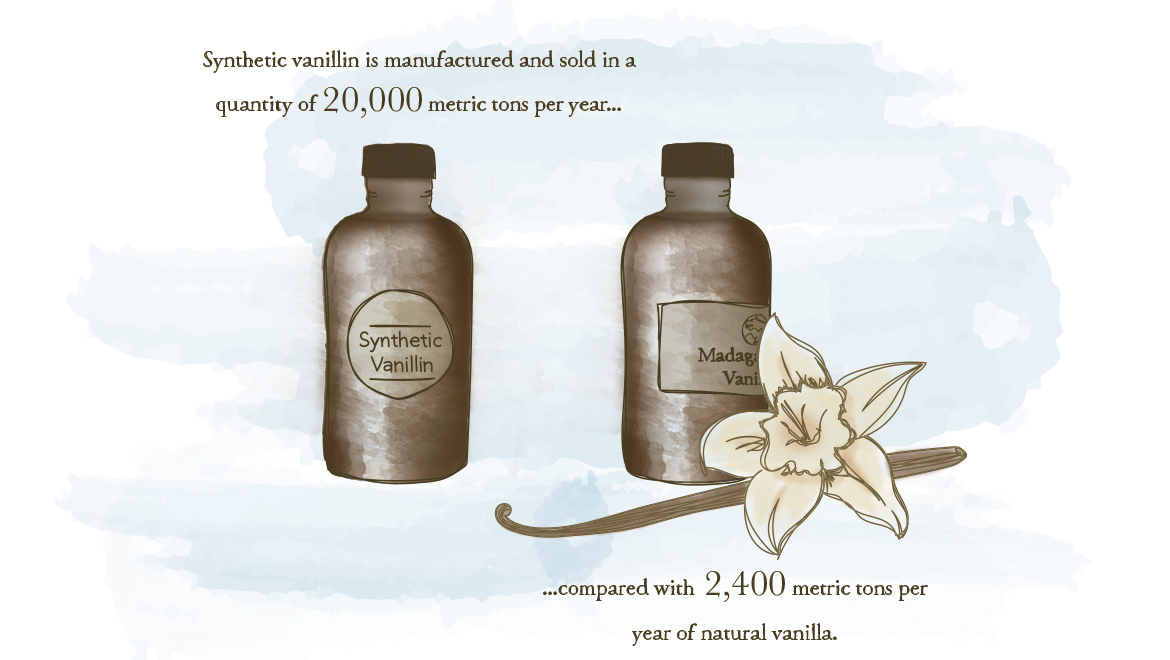

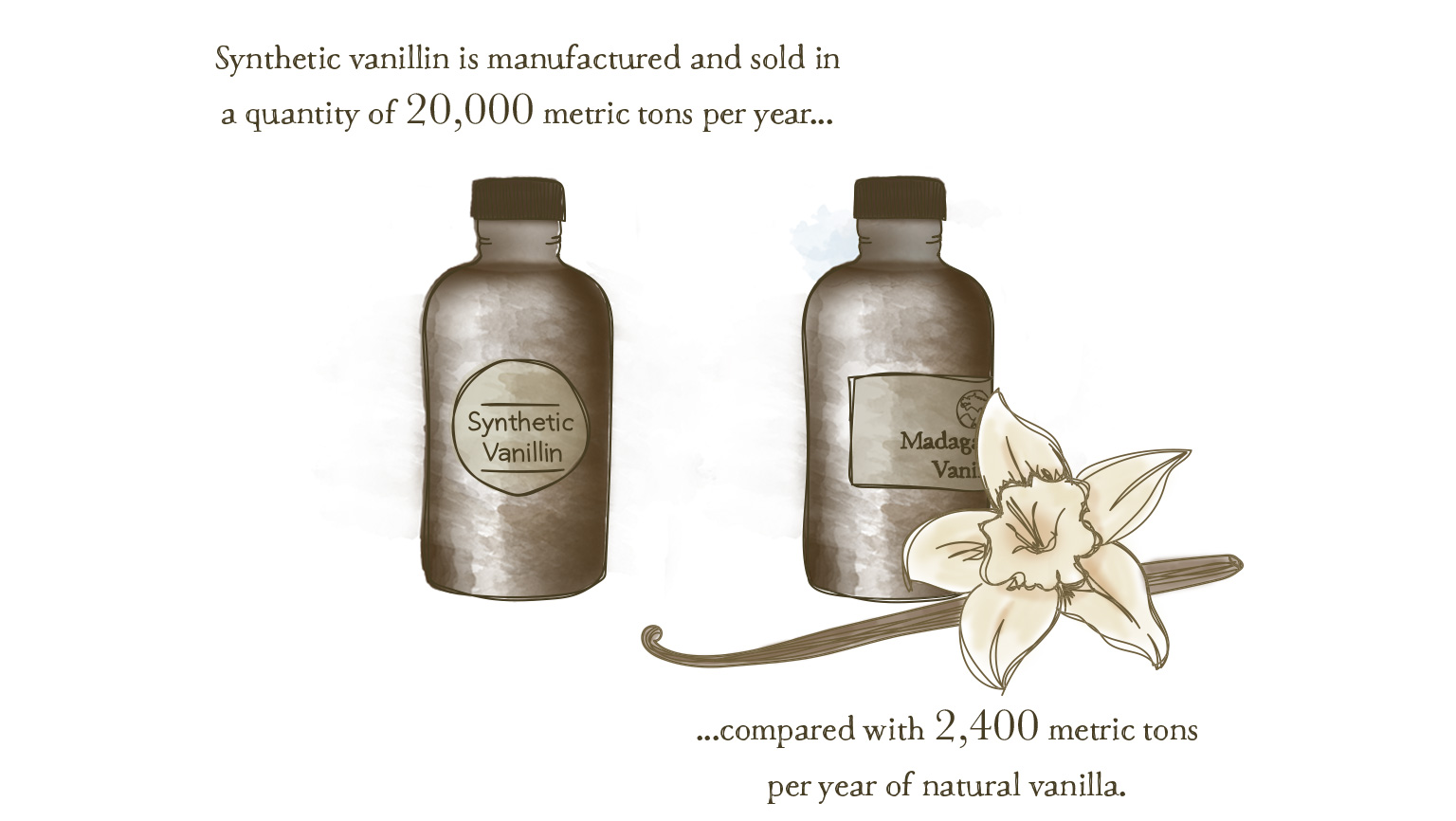
Crafting the perfect vanilla extract is all about balance. Our expert extractors combine specialist insight with their passion for vanilla. The result? Tailor-made extracts matching the desires of our customers.
"As one of the world's most beloved flavors, vanilla is also one of the most complex – with the vanilla bean consisting of over 400 identified flavoring components, creating the profile we know and love", says Emmanuelle Bonnemaison, Master Flavorist, Center of Excellence Dairy. "Vanilla, the queen of the spices, is also the queen of flavors for various food categories, ranging from dairy and ice-cream to beverages. I discovered vanilla thanks to our large palette of vanilla extracts and was immediately fascinated by their complexity. I began playing with our extracts, not only in vanilla flavors but also with other fruit and ‘brown notes’, to explore signature and complex formulations."
"In 2018, I had the opportunity to go to Madagascar", continues Emmanuelle. "I went to the vanilla fields, learnt from the farmers, visited our extraction factory and curing facilities, and met colleagues that are passionate about their job, just like me! Today, behind each vanilla extract that I use for new creations as a master flavorist, I know that there are impacts on farmers and their families. Regardless of the ask, I am always super excited when a new vanilla brief arrives on my desk, with all its hidden challenges."
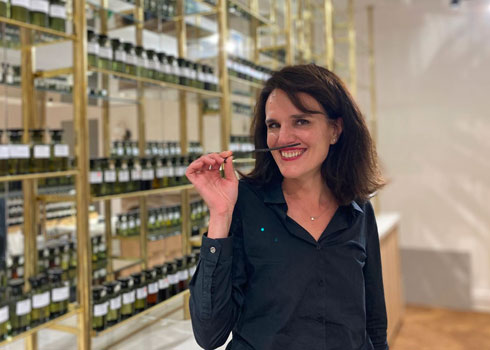
“No two briefs from a client are the same,” adds Christof Fischer, a Master Flavorist at Symrise. “Even if you have two requests for a flavor solution that will be used in the same product, say a chocolate bar, the requirements around things like flavor profile or price point can be worlds apart. It’s my role to develop solutions that exactly meet individual customer needs. Really, my job is only possible because I can rely on the extracts and flavors developed by Research & Development to behave in the way I expect them to; not only in terms of taste, but also in how they react to heat, water etc.”
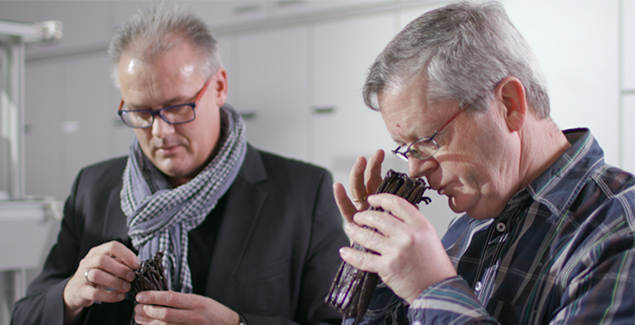
I’ve always loved food and been fascinated by how tastes vary from person to person, region to region. Really, I’ve made my hobby into my job.
“Ultimately, whenever you taste vanilla, we want you to be tasting the vanilla that you love – that reminds you of a certain memory or has that satisfying, indulgent taste that makes sweet treats so enjoyable. It takes a lot of scientific understanding and knowledge to do what we do, but really that would be nothing without passion for the products we create. The biggest job-satisfaction is knowing you are creating something people love”
Unleashing the unique flavor of natural vanilla
Sweet, smokey, nutty, rummy… natural vanilla is a stunningly complex spice with as many as 400 different flavor components. Capturing this complexity and pinpointing individual notes is what our extracts are all about.
Bourbon Vanilla is the appellation for Vanilla Planifolia Beans grown in the Indian Ocean, meaning Madagascar, La Reunion, Comoros, Mauritius, and Mayotte. Bourbon vanilla beans are long and slender, and ideally, you should look for straight beans when using the seeds for cooking or baking. They have a rich taste and smell, with flavor notes such as dried fruit, rum, and raisins. They bring a creamy flavor to the products they’re used in and have strong vanillin overtones.
Tahitian vanilla beans are generally shorter, fatter and contain a higher oil and water content than Bourbon beans. Tahitian beans also have more of a floral, fruity fragrance, and the pods contain less seeds than you find in Bourbon beans. The flavor is often described as being lighter than Bourbon, with undertones of cherry or wine.
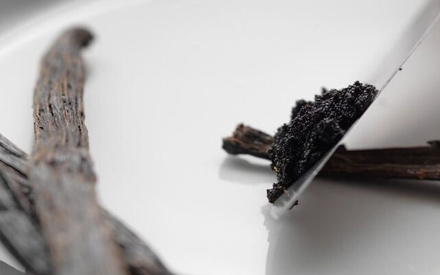
Join us on the journey from customer brief to final product and discover how the creative talent and expert knowledge of our team is helping customers across the world to capture new market opportunities.
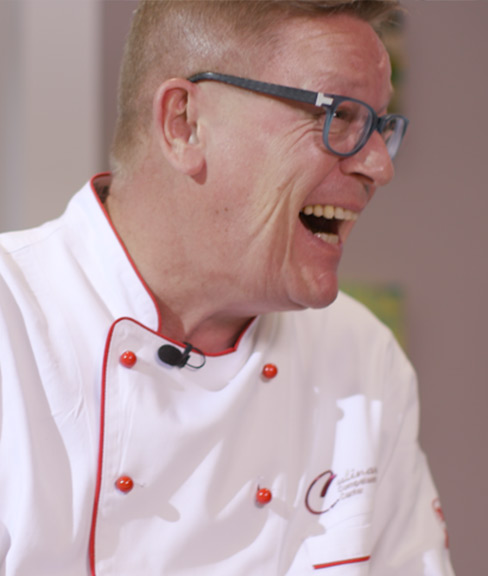
Harry Weber, International Chef at Symrise, is in his element, deftly chopping tomatoes for a tomato and vanilla vinaigrette while explaining why it is vanilla is just so special.
Increasingly, we’re using vanilla in savory recipes,” he explains. “It’s a trend we first noticed in the US – where a lot of trends first appear – and now it’s everywhere, particularly in fine dining.” In Harry’s world, being able to spot trends and predict where they’re heading is vital.
“As a chef, of course one of my biggest passions is the raw ingredients. I travel a lot with my job so going out into markets wherever I am in the world and handling, smelling and tasting raw ingredients is one of my biggest sources of inspiration. With vanilla it’s no different. I’m looking for straight beans with a good aroma and rich color, and seeing the natural product always sparks a new idea.”
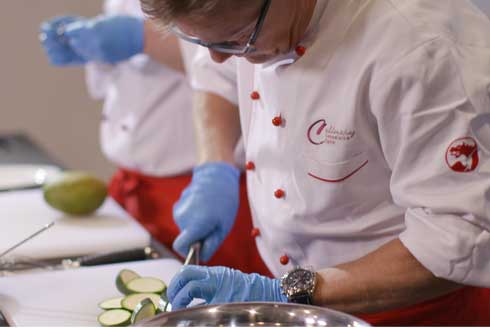
It brings something to everything it’s paired with. With these tomatoes, it’s adding warmth; another taste dimension. That’s what makes vanilla so special – it works with everything; it brings harmony.
Harry Weber, International Chef at Symrise, is in his element, deftly chopping tomatoes for a tomato and vanilla vinaigrette while explaining why it is vanilla is just so special.
Increasingly, we’re using vanilla in savory recipes,” he explains. “It’s a trend we first noticed in the US – where a lot of trends first appear – and now it’s everywhere, particularly in fine dining.”
In Harry’s world, being able to spot trends and predict where they’re heading is vital. “Like all my colleagues, I’m part of the digital chef’s network of 31000 chefs under Gianfranco Chiarini. We work everywhere, from Hot Dog stands to the world’s best restaurants. Having access to such a wide range of expertise means that when we get a brief from a client, or are working on a new product to inspire our customers with, we can get real insights from chefs on the ground and inspiring information about what they are cooking, methods of preparation, dish combinations or unusual ingredients and then turn that know-how/knowledge into new and best flavors and solutions to delight our customers. This is why we are able to develop recipes that are as authentic as possible for and with our customers”
It brings something to everything it’s paired with. With these tomatoes, it’s adding warmth; another taste dimension. That’s what makes vanilla so special – it works with everything; it brings harmony.
“As a chef, of course one of my biggest passions is the raw ingredients. I travel a lot with my job so going out into markets wherever I am in the world and handling, smelling and tasting ingredients is one of my biggest sources of inspiration. With vanilla it’s no different. I’m looking for straight beans with a good aroma and rich color, and seeing the natural product always sparks a new idea. There are no limits; if something doesn’t work, you always learn something you can take into your next iteration. That’s the beauty of working on developing products – there is always something new to try, to see and to taste!”
Perfect products need more than the best raw ingredients: skill and understanding are what take those building blocks and transforms them into successful, tailor-made flavor solutions.
Sweet, creamy, smooth and comforting? Rich, rummy, indulgent and buttery? The characteristics we associate with vanilla, even what we define as a typical vanilla taste, varies from region to region. Vanilla may be ubiquitous world over, but it’s anything but a simple, safe flavor.
Meeting the variety of consumer demands is the challenge facing our customers, and it’s one our master flavorists are helping them to conquer. “When we get a client brief, one of our first ports of call is our research department. Understanding the market the final product will be sold in is vital to helping us creating a flavor solution that ensures the customer’s final product is a success,” explains Gunter Kindel, Principal Flavorist. “We’ll evaluate the market, identify any gaps, any trends and so on.”

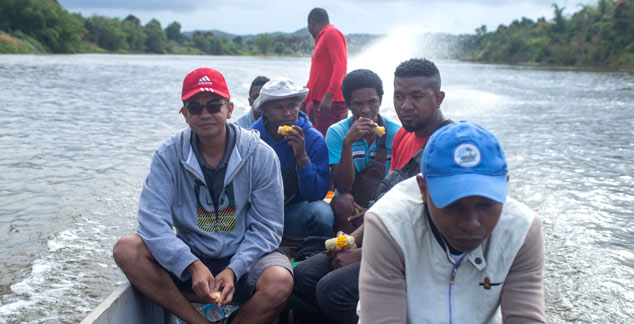
Every day is different. With over 2,500 raw materials to work with, there really are no limits to what we can create. What we do takes in-depth knowledge, but you’re also learning every day, so there’s always something new to offer our customers.
“Taste is always the main priority, so we’ll draw on our knowledge to use substitutes where possible, or other raw materials that dial up the sense of certain vanilla characteristics to give the desired taste profile without impacting cost. We always want to end up with a win-win situation for everyone. All of these considerations mean the development work we do across our application teams will never end; it never stops.
Sweet, creamy, smooth and comforting? Rich, rummy, indulgent and buttery? The characteristics we associate with vanilla, even what we define as a typical vanilla taste, varies from region to region. Vanilla may be ubiquitous world over, but it’s anything but a simple, safe flavor.
Meeting the variety of consumer demands is the challenge facing our customers, and it’s one our master flavorists are helping them to conquer. “When we get a client brief, one of our first ports of call is our research department. Understanding the market the final product will be sold in is vital to helping us create a flavor solution that ensures the customer’s final product is a success,” explains Gunter Kindel, Principal Flavorist. “We’ll evaluate the market, identify any gaps, any trends and so on.”
“We also get a lot of this information from the customer; they’re another key bridge between us and the consumer,” continues Christoph Fischer, Master Flavorist. “All this knowledge informs the extracts we work with for a particular brief, and what we then combine these with to create the ideal flavour profile. So if the target market is one which favors vanilla with strong rummy notes, we’ll use an extract where we know this characteristic is strong. We’ll then start to think about other raw materials we can add to further pump up the rummy notes.”
“We’ve also developed a vanilla language,” says Gunter. “It’s not dissimilar to how you’d talk about wine; each term describes a different attribute and each descriptor is paired to a key substance within vanilla. We give these templates to customers so we’re all speaking the same language; if they say they want a creamier taste, we know what to adjust.”
“We always start from the taste – this has to be the number one consideration. But there are other elements to consider,” continues Christoph. “Different extracts use different solvents, and this can have a major impact on the final product. For example, if we’re creating a solution for a halal product, we obviously can’t use an extract where ethanol was used for extraction.”
“You also need to know exactly what the final product is. Generally for a chocolate bar, we use oil-soluble extracts as water-soluble extracts can cause discoloration on the surface of the chocolate bar which consumers don’t want to see. But then customers’ chocolate bases, (the base the flavour will ultimately be added to), can vary just as much as consumer preferences. What works for one won’t work for another, so every solution needs to be tailor-made. Or if you’re thinking about ice cream, or hard-boiled sweets, then you need to know how certain ingredients and extracts respond to temperature.”
Every day is different. With over 2,500 raw materials to work with, there really are no limits to what we can create. What we do takes in-depth knowledge, but you’re also learning every day, so there’s always something new to offer our customers.
“Cost is also hugely influential. Depending on the market, it may be inappropriate to develop a luxury, gourmet solution if it means the target consumer can’t then enjoy this. Taste is still the main priority though, so we’ll draw on our knowledge to use substitutes where possible, or other raw materials that dial up the sense of certain vanilla characteristics to give the desired taste profile without impacting cost. We always want to end up with a win-win situation for everyone. All of these considerations mean the development work we do across our application teams will never end; it never stops.”
A perfect summer’s day, a favorite holiday, your mother’s cooking; one lick of vanilla ice cream, a sip of hot chocolate or a spoonful of rich custard can evoke memories. Taste is personal: that’s why creating the flavors that people love, today and in the future, is so important.
There is no better way to understand what it is consumers want than by asking the people who interact with them every day.
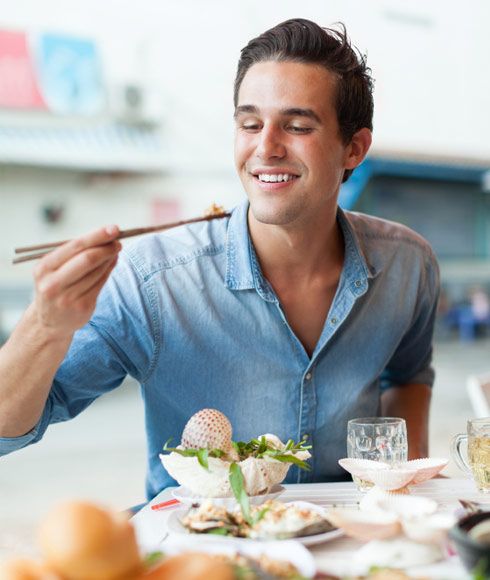
Delivering solutions that delight consumers are successful for our customers takes more than just great taste and expertise.
“In order to deliver the winning vanilla solutions that consumers want, we first need to understand what consumers are looking for", says Franziska Koch, Global Marketing Manager, Food & Beverage. "What is driving their purchasing decisions? What evolving trends are emerging in the food & beverage industry? Running trend studies and gathering global insights across the world enables us to understand what is happening in the market. It is all about understanding the needs first – and then building on them to create both relevant and inspiring vanilla solutions for the market.”
We always want to enable our customers to deliver what consumers want; not only for their present needs, but also anticipating future scenarios and trends.
The future of vanilla
Ensuring the long-term reign of the subtly complex Queen of Spices, vanilla, requires an approach as multi-faceted as the spice itself.
From our unwavering commitments in Madagascar to the creation of innovative fit-to-purpose vanilla solutions, Walter Ribeiro, Global President Food & Beverage, explains why vanilla remains one of our key competencies.
It is not possible to talk about vanilla without mentioning Symrise; they go hand-in-hand. Vanilla is the origin of our company with our founders being the first to synthesize this global flavor favorite back in 1874. Our passion, regulatory experience, and supply chain commitments – as well as our consumer-driven innovation capabilities on vanilla – have grown exponentially since then. Today, our unique position as an industry leader in sustainable vanilla value chain management – especially in Madagascar with our local operation active since 2006 – creates a shared value with thousands of farmers and their families.
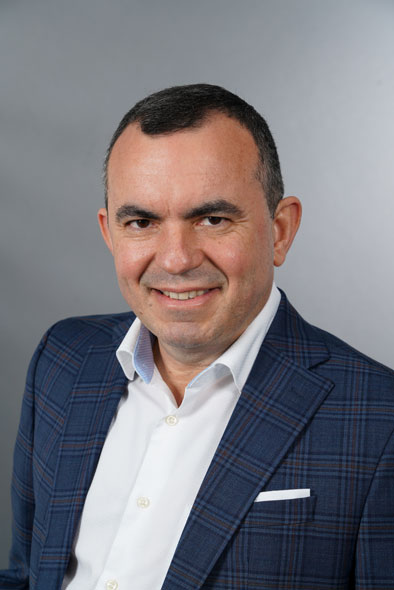
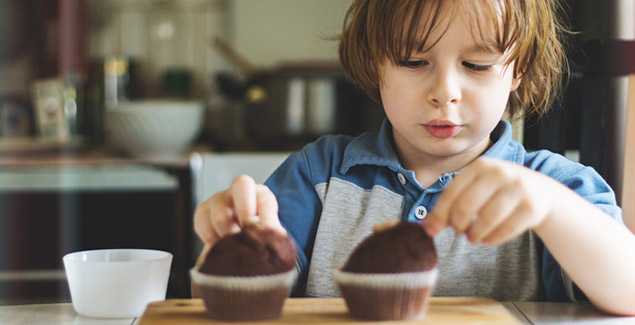
Moved by its inebriating flavor, nostalgia and that sense of premium taste, consumers have made vanilla one of the most valuable spices worldwide. While consumer preferences change, vanilla remains the most prominent and relevant flavor tonality to meet present and future consumer needs – whether that’s savory, sweet, dairy, or culinary products.
"At Symrise, we are passionate about vanilla and determined to continue our successful journey along the value chain of sustainable vanilla. We stay committed to making lives taste better and healthier through our beloved vanilla flavors.